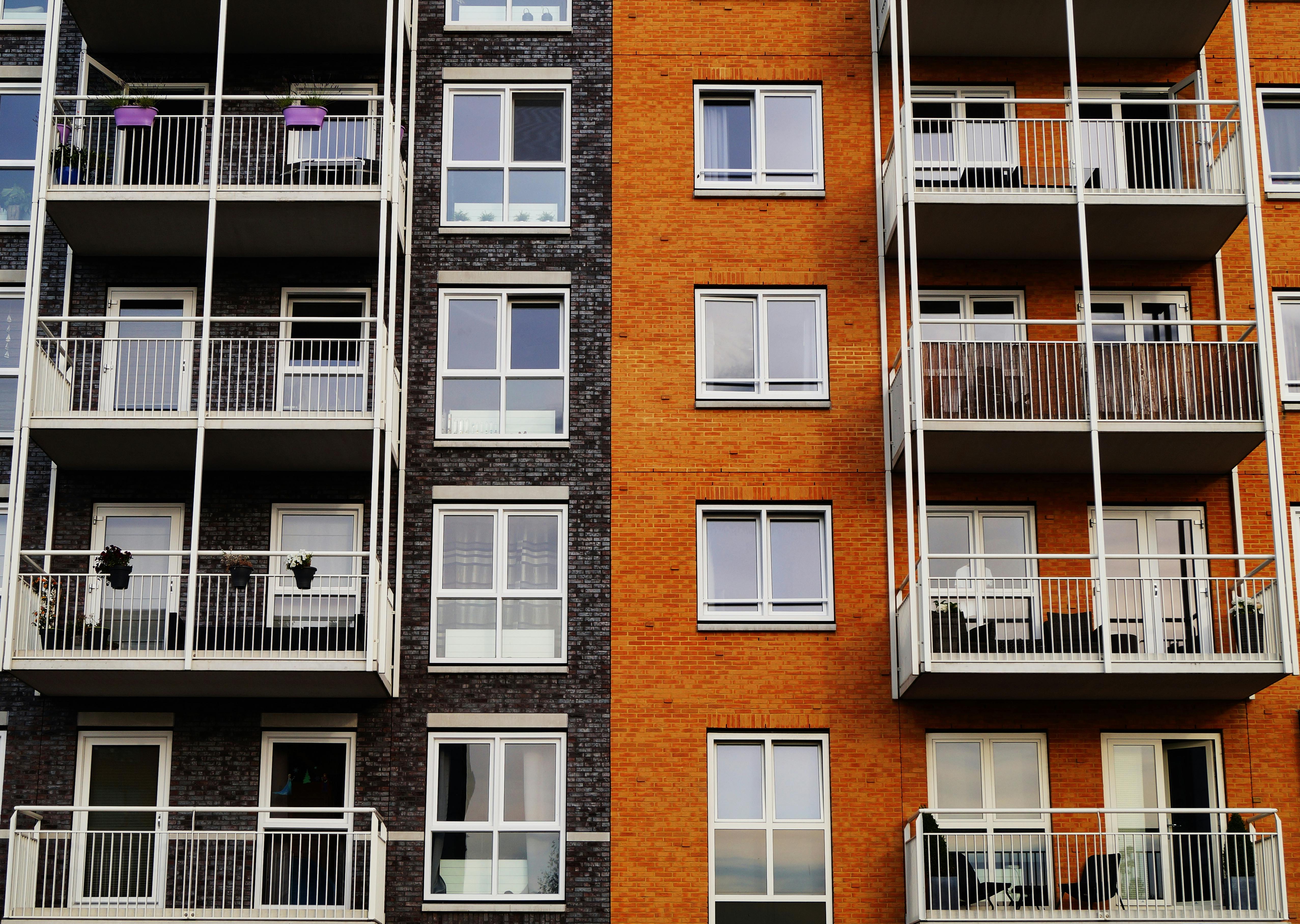
Fabricated Roof Trusses vs. Conventional Roof Trusses
Fabricated roof trusses are used on nearly 80 percent of all new homes built in the United States. Trusses are designed by structural engineers to ensure they meet roof load and building code requirements using a minimum amount of wood, unlike conventional roof framing where the choice of beam size is often left to to the builder. The result is often wasted lumber due to over building, if a 2 X 8 is good then a 2 X 10 would surely be better!
Ask anyone building new homes today which one is better and the answer is sure to be trusses. Modern framing fabricators can design and build framing for the most complex ceiling and roof plans available in custom built homes.
Disadvantages of the conventional roof structure
- Conventional roof framing requires the use of larger framing members to form the roof plane as well as the roof, resulting in higher labor costs.
- Each individual roof and ceiling piece must be figured out, marked, cut to size, then positioned and nailed in the correct position.
- Requires the use of interior load-bearing walls.
- Construction can take several days, leaving the new home exposed to the elements for a longer period of time, increasing the chance of moisture damage.
- Highly experienced carpenters must be used, further increasing labor costs.
Advantages
stick frame
- Space restrictions on the construction site can be overcome with the use of beam frame ceilings.
- Most armor builders cannot build a swap hip, mobile hip, or turret roof.
- All framing lumber can be purchased locally and delivered the next day.
Disadvantages of fabricated roof trusses
- Trusses must be ordered two to six weeks in advance.
- Lifting of improperly installed trusses results in cracks in the drywall and nails at the intersection of the ceiling and interior walls.
Advantages of armor
- Less experienced carpenters can put up trusses, reducing labor costs.
- Fewer interior load-bearing walls are needed because free beams are longer.
- Shorter lengths of two by fours are used to build frames which lower material prices.
- Structural engineers design and certify roof trusses.
- Trusses can usually be put up in a day, the interior of the house is exposed to the weather for a minimal amount of time.
Types of roof rafters
- Common
- high heel
- hips
- Gambrel
- Bowstring
- Cutwith scissors
- Attic Room
- Beam
- Polynesian
- multiple part
roof styles
- Department
- Cathedral
- Vaulted
- vault study
- Tray
- Chest
- barrel
- invested
These lists of roof truss types and roof styles are not exhaustive, check with your local builder and truss manufacturer for more complete details.